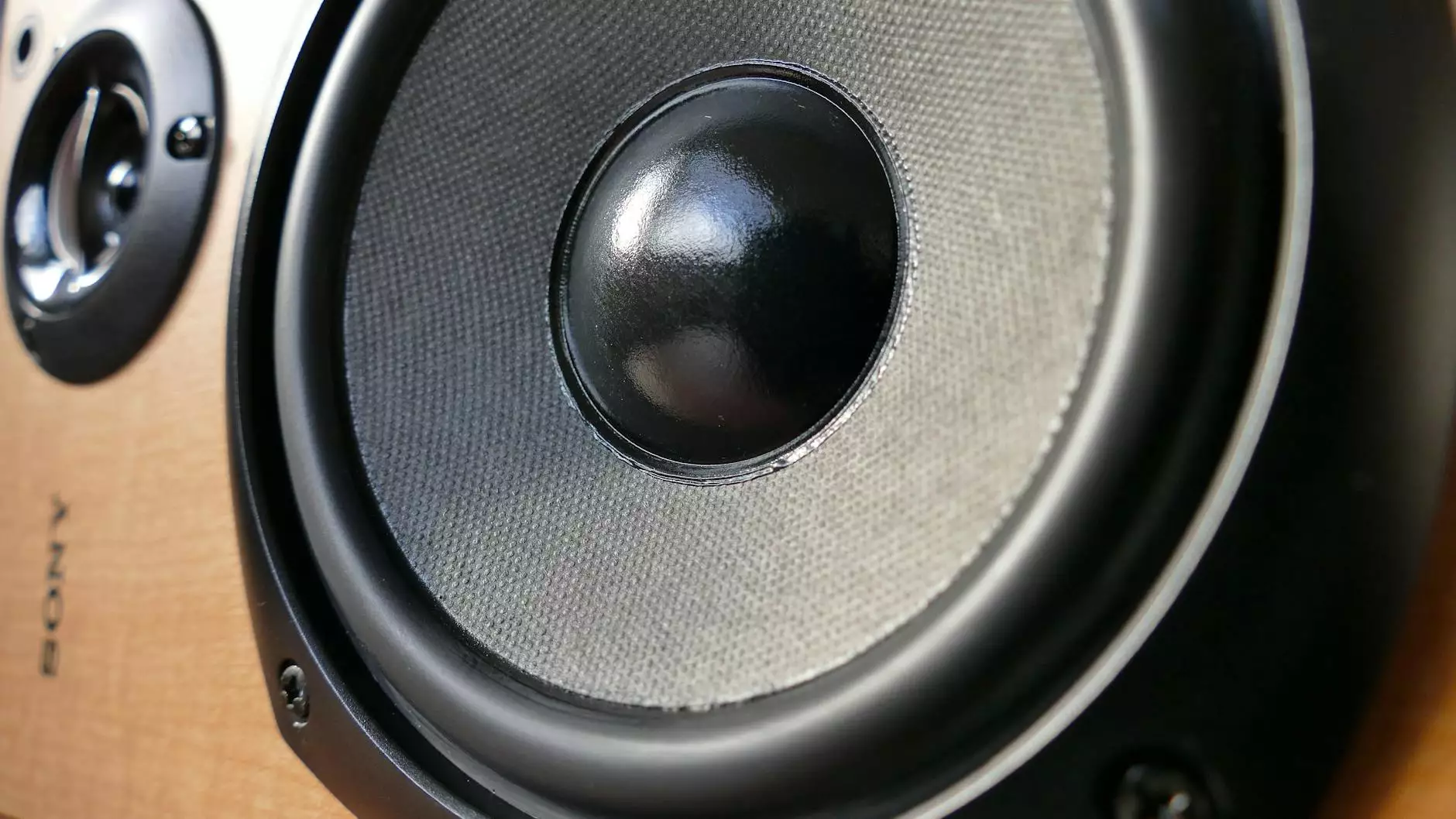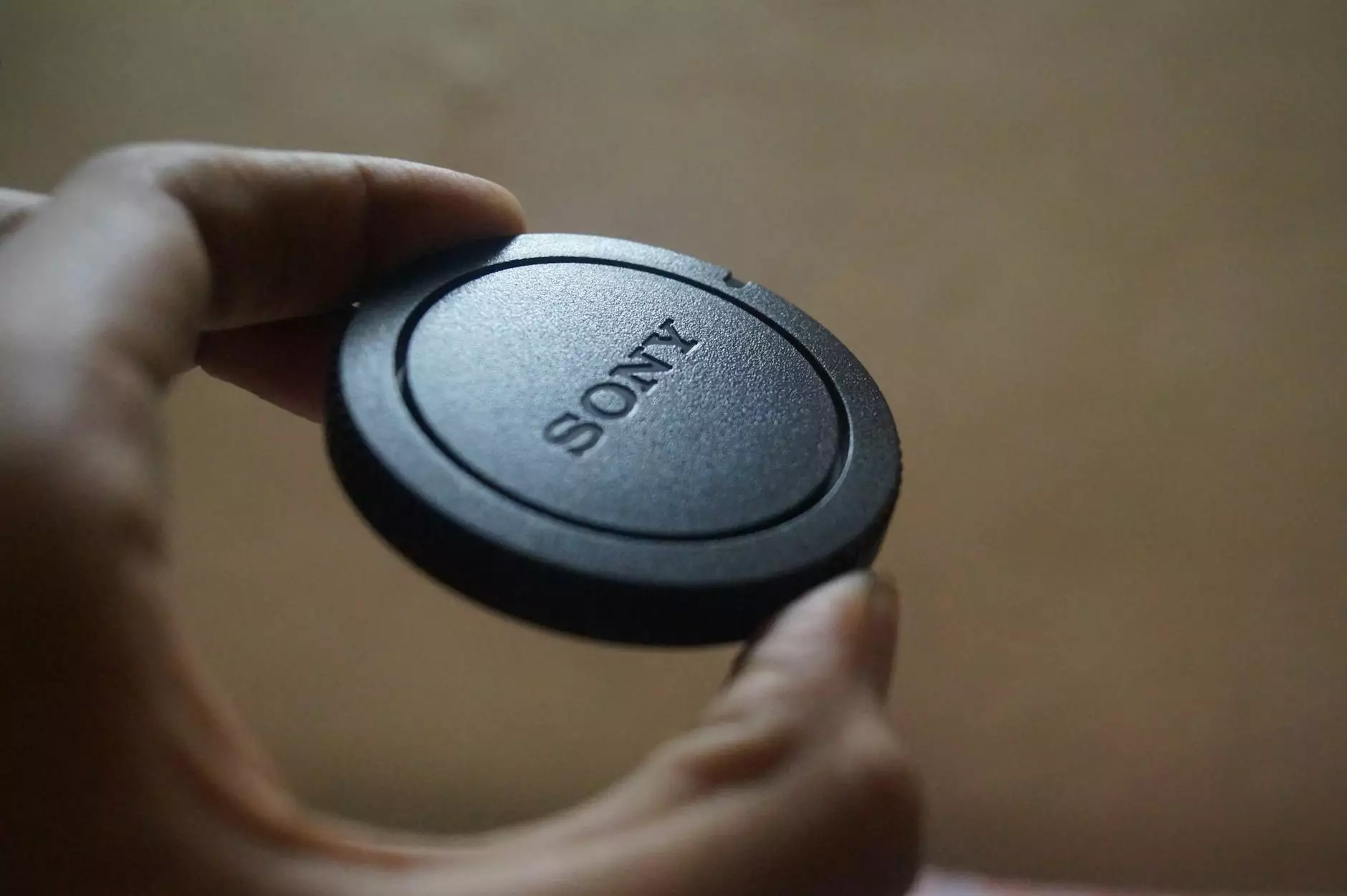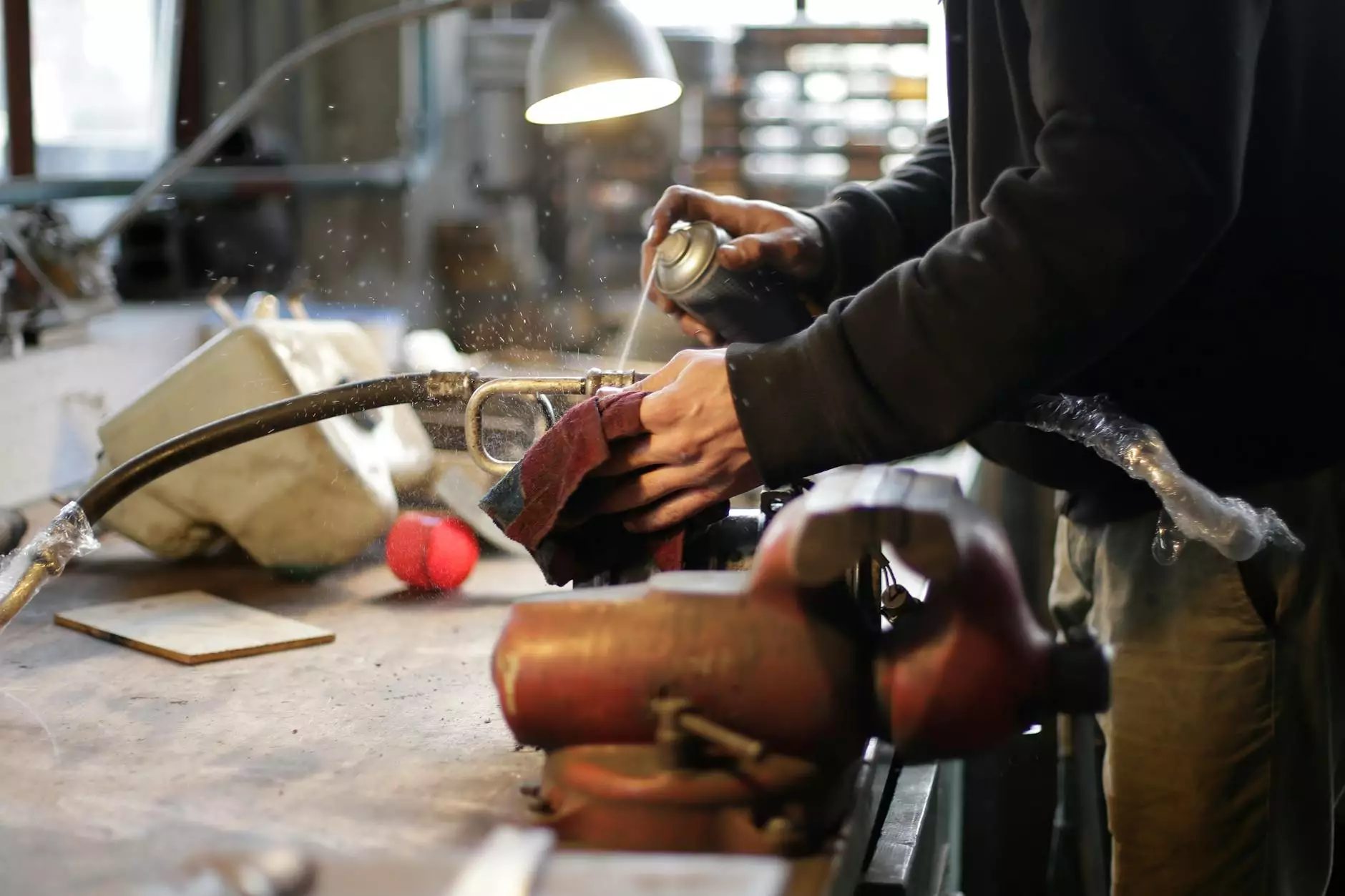Speaker Placement or Position, Specifically Loudspeakers

Introduction
In order to achieve the best audio experience, proper speaker placement is crucial. Whether you're setting up a home theater system or optimizing your studio, understanding how to position your speakers correctly can greatly enhance the sound quality. In this article, we will delve into the specifics of loudspeaker placement and share valuable insights to help you achieve optimal results.
1. Room Acoustics
Before discussing speaker placement, it's important to consider the characteristics of your room. Room acoustics play a significant role in the overall sound quality. Factors such as room shape, size, materials, and furniture placement can affect how sound waves interact with the environment. Ideally, the goal is to minimize unwanted reflections, echoes, and resonances to achieve a clear and balanced sound.
2. Speaker-Listener Triangle
One widely accepted principle in speaker placement is creating an equilateral triangle between the two speakers and the listener. This triangular setup helps to establish a balanced soundstage and stereo imaging. To achieve this, position the speakers at an equal distance from each other and from the listener. Experiment with different distances and angles until you find the sweet spot where the sound feels coherent and well-defined.
3. Speaker Height
The height at which you place your speakers can significantly impact the soundstage. For floor-standing speakers, it's generally recommended to position them at ear level when seated. This ensures that the high and mid-range frequencies are directed towards the listener's ears, offering a more accurate and immersive experience. If you're using bookshelf speakers or satellite speakers, consider mounting them at ear height using stands or wall brackets.
4. Distance From Walls
The distance between your speakers and the surrounding walls can affect bass response and overall clarity. Placing the speakers too close to the walls may result in excessive bass buildup, causing a boomy or muddy sound. On the other hand, positioning them too far away from the walls may lead to a loss of bass impact. As a general rule, aim to position the speakers at least a foot away from the walls to allow for proper sound dispersion and avoid unwanted resonances.
5. Toe-In Angle
The toe-in angle refers to the degree at which the speakers are angled towards the listener. This adjustment can help improve stereo imaging and sound localization. Experiment with different toe-in angles to find the optimal balance between focused sound and spaciousness. Keep in mind that toeing-in the speakers too much could result in a narrower sweet spot, so it's important to strike a balance based on your listening preferences.
6. Subwoofer Placement
If you're using a subwoofer as part of your audio setup, its placement is equally important. The low-frequency sounds produced by the subwoofer are highly omnidirectional, which allows for more flexibility in positioning. However, placing the subwoofer near the corners of the room can enhance bass response due to room coupling effects. Experiment with different subwoofer locations to find the spot that offers balanced bass reproduction and integrates well with your main speakers.
7. Speaker Calibration
Once you have positioned your speakers according to the guidelines mentioned above, it's essential to calibrate their settings to your listening environment. Many modern amplifiers and home theater receivers offer built-in calibration systems that analyze the room's acoustics and adjust the speaker outputs accordingly. Make sure to follow the instructions provided by your system's manufacturer to achieve accurate sound reproduction.
Conclusion
Proper speaker placement plays a fundamental role in unlocking the full potential of your audio system. By considering room acoustics, establishing the speaker-listener triangle, adjusting the height and toe-in angle, and optimizing subwoofer placement, you can create an immersive and balanced audio experience. Experimentation and fine-tuning are key to finding the ideal speaker positioning for your specific setup. Enjoy the journey of discovering the perfect soundstage and unlocking the true potential of your loudspeakers.










